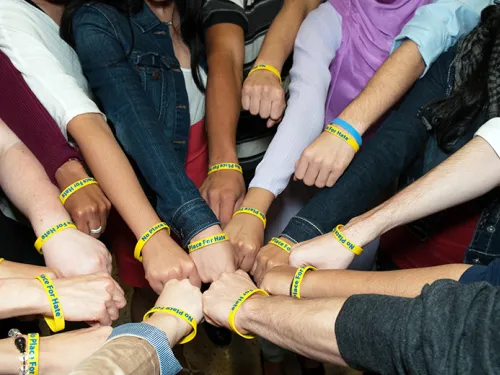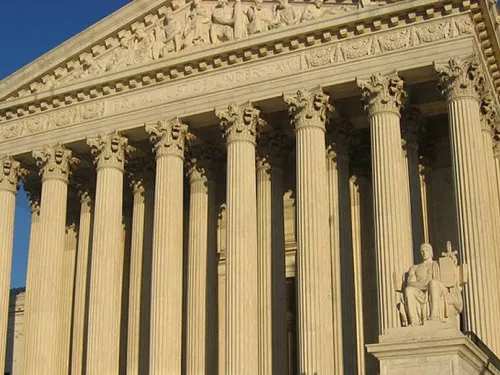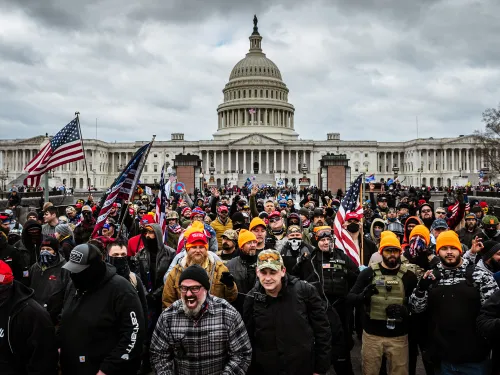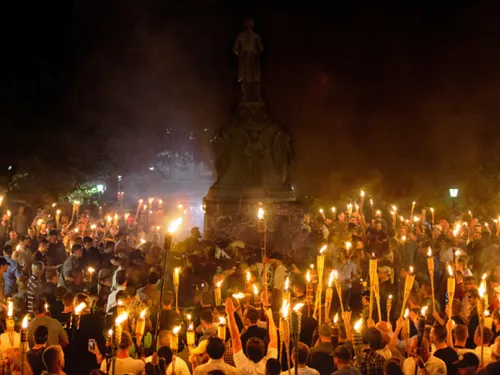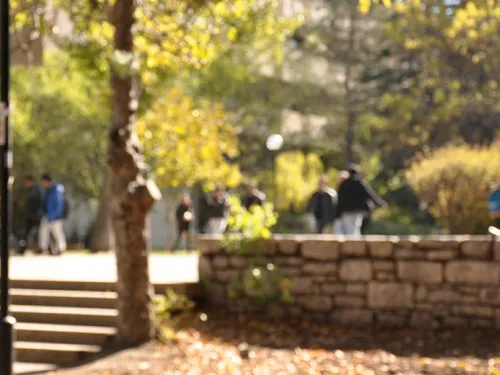King accepted award at world’s largest summit addressing antisemitism and hate. New York, NY, March 4, 2025…ADL (the Anti-Defamation League) today presented sports icon and equality champion, Billie Jean King, with the ADL’s 2025 Changemaker Award. The award was presented during ADL’s signature event, Never Is Now: The World’s Largest Summit on Antisemitism and Hate in New York City. “Billie Jean King has used her platform to break down barriers, expand…
Search Results
71 Results
King will headline world’s largest summit addressing antisemitism and hate. New York, NY, February 5, 2025…ADL (the Anti-Defamation League) announced today that sports icon and equality champion, Billie Jean King, will be honored with ADL’s 2025 Changemaker Award. The award will be presented during ADL’s signature event, Never Is Now: The World’s Largest Summit on Antisemitism and Hate, held at the Javits Center in New York City on March 3-4, 2025. “The…

Misogyny is a dangerous and underestimated component of extremism, and it shares alarming common ground with white supremacist ideology.
Remarks as delivered June 27th, 2024 Thank you- I join you all here this morning on behalf of ADL, the oldest anti-hate organization in the United States, alongside my good friend Marc Morial, President of the National Urban League, and our partners - Assembly members Brian Cunningham, Nily Rozic, Grace Lee, Jennifer Rajkumar and Pastor Johnnie Green. In addition. We are very grateful to Dr. Hazel Dukes of the NY NAACP, an icon of the civil rights movement for lending her strong words of…

Part of the ADL Center on Extremism’s coverage of the misogynist manosphere and its subcultures, each of which impacts women’s experiences of safety and equity – online and offline.
Men’s Rights Activists (MRAs) are a part of the manosphere, a broad set of male supremacist, anti-feminist, misogynist and sometimes violent movements that exist largely online. MRAs embrace traditional masculinity as the ideal state of men in society and vehemently reject the…

Tips and guidance for helping K-12 schools encourage students to become civically engaged, provide safety and protection for all students, and adhere to students’ First Amendment rights.
Read ADL Letters, testimony and comments sent to Congress and Federal Agencies.

March is Women’s History Month, which provides an opportunity to bring the experience and perspective of girls and women to the forefront of conversations in schools. These discussions should include the stories, accomplishments, milestones and viewpoints of women and how they addressed and continue to work on overcoming sexism and injustice. Because women's stories and perspectives are sometimes excluded, discounted or marginalized, we need to remember…
New York, NY, October 5, 2021 … Thousands of individuals from all walks of life will join together in communities across the country, both in-person and virtually, with an aim to “Fight Hate for Good” in ADL’s (the Anti-Defamation League’s) Walk Against Hate.
Scheduled to take place on Sunday, October 10 in communities across the country, the annual event brings together families, friends, colleagues, teammates, community groups, students, educators and more…
New York, NY, June 23, 2021 … ADL (the Anti-Defamation League) today welcomed the Supreme Court’s decision in Mahanoy v. B.L., an 8-1 ruling that a school violated the free speech clause of the First Amendment when they suspended a student from the cheerleading team for a vulgar social media post made off-campus and outside of school hours.
“This is an important win for the free speech rights of all U.S. students,” said ADL Legal Affairs Chair Joe Berman. …

February 25, 2021 The idea of dedicating a month to Women’s History came about in 1981 when Congress requested the President proclaim a week in March as “Women’s History Week.” In 1986, the National Women’s History Project played a significant role in expanding the observance to the entire month of March. Women’s History Month recognizes and honors the historical and present-day achievements, milestones and experiences of women. Over time, other countries…
February 22, 2021 Social media platforms have received the lion’s share of attention for enabling users to spread hate and disinformation and plan and incite violence and terrorist acts. Flying under the radar are infrastructure providers like Epik, a domain registrar and web hosting company that works with nearly 750,000 websites and is ranked among the 50 largest web hosts. A domain is the address of a website you type into the URL bar of an internet browser. Domain registrars are…
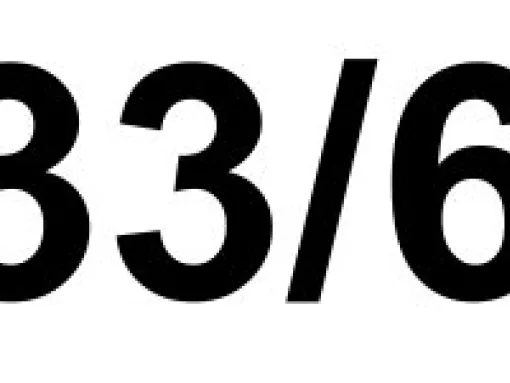
The number 33 is used by Ku Klux Klan adherents to signify the Ku Klux Klan. Since the 11th letter of the alphabet is K, three Ks signify "KKK" or the Ku Klux Klan. When using this reference, Klan members will frequently add the number 6 at the end, as in 33/6, because they think the Klan is currently in its sixth historical "era." Less commonly, some holdouts may still use the numeric code 33/5. Additional Images:

AKIA is Ku Klux Klan shorthand for "A Klansman I Am." It is related to another Klan acronym, AYAK ("Are You A Klansman?"). These are among the many acronyms developed by the Second Ku Klux Klan that emerged in 1915. Although the Second Ku Klux Klan did not survive, much of its terminology and many of its rituals did, and later Klan groups freely used them. Additional Images:

AYAK is Ku Klux Klan shorthand for "Are You A Klansman?" It is related to another Klan acronym, AKIA ("A Klansman I Am"). These are among the many acronyms developed by the Second Ku Klux Klan that emerged in 1915. Although the Second Ku Klux Klan did not survive, much of its terminology and many of its rituals did, and later Klan groups have freely used them. Additional Images:

ALTERNATE NAMES: Ku Klux Klan, MIOAKGroup Status: Active (in that there are many active Ku Klux Klan groups)
For the past century, the primary symbol related to Ku Klux Klan groups (other than Klan robes themselves) is what Klan members may call the MIOAK (an acronym for "Mystic Insignia of a Klansman"). It is more commonly referred to as the "Blood Drop" Cross. It appears as a square white cross in black outline against a circular red background. In the middle of the cross is what appears…
ALTERNATE NAMES: Ku Klux Klan, MIOAK
Read more about Blood Drop Cross
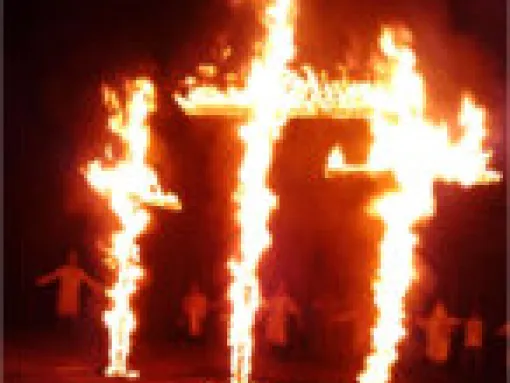
The image of the burning cross is one of the most potent hate symbols in the United States, popularized as a terror image by the Ku Klux Klan since the early 1900s. Cross-burnings (called "cross-lightings" by Ku Klux Klan groups, to make it seem as if they are not destroying a Christian cross) have long been used as a traditional symbol by Klan groups, used both in Klan rituals as well as in attempts to intimidate and terrorize victims of Klan groups. So widely associated with racial…

ALTERNATE NAMES: For God, Race and NationFGRN is a Ku Klux Klan acronym for "For God, Race and Nation," a common Klan slogan. It is one of a number of slogans, codes and rituals created by the Second Ku Klux Klan in the early 20th century. That Klan did not survive, but many of its codes and rituals were adopted by later Klan groups. In acronym form, the slogan is used primarily as a Klan identifier, typically appended at the end of on-line messages and postings. Additional Images:
ALTERNATE NAMES: For God, Race and Nation
Read more about FGRN
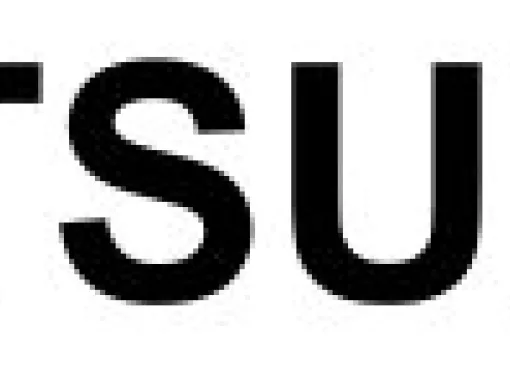
ITSUB is a Ku Klux Klan acronym for "In The Sacred Unfailing Being," a reference to God. It is one of many Klan acronyms created by the Second Ku Klux Klan that emerged in 1915. That Klan did not survive, but subsequent Ku Klux Klan groups continued many of its rituals and codes. Today, ITSUB has no real meaning or particular purpose and is typically used by Klan group members in on-line messages or posts solely as a way to identify themselves with the Ku Klux Klan. This has been the fate of a…

KABARK is a Ku Klux Klan acronym for "Konstantly Applied By All Regular Klansmen." It is one of many acronyms and codes developed by the Second Ku Klux Klan in the early 20th century. The Second Ku Klux Klan did not survive, but later Klan groups continued many of its codes and rituals. Today, KABARK is essentially meaningless and only used as a "sign off" in on-line messages by Klan group members, along with several other similar archaic acronyms. Additional Images:
